Separated from the Indian peninsula around 88 million years ago, the island of Madagascar has had the opportunity to develop its own unusual flora and fauna in relative isolation. On this adventure, you'll traverse several of the country's distinct and striking regions, spend time in towns along the way, and explore national parks and nature preserves.
This is your opportunity to walk the
alley of “upside-down” baobab trees and delve into the intriguing stone
forests of Tsingy of Bemaraha. We’ll explore the country on foot, by
mini bus, ferry, and rickshaw to travel from the savannah to the canyons
to the oases of Isalo National Park that were created in the Jurassic
period. We’ll meet a diverse array of Malagasy inhabitants—from locals
whose lineage traces back to the ancient seafarers of the Indian Ocean
to the country's infamous lemurs and uncanny chameleons. Your time in
Madagascar will introduce you to a land of irreplaceable beauty that
continues to evolve.
Our small group of 10 to 16 intrepid
explorers will be traveling in the company of a local guide and an Atlas
Obscura representative.
TRIP HIGHLIGHTS
- Sunset over the Avenue of the Baobabs: Enjoy a magnificent and glowing sunset over towering baobabs as visitors and locals alike meander this dirt road.
- Limestone pinnacles of Tsingy de Bemaraha: Explore the largest national park in Madagascar, known for its striking stone pinnacles and underground caves, as well as many rare and endangered species of plant and wildlife.
- Swimming holes of Isalo National Park: Cool off from the heat of the natural limestone canyons in the "piscine naturelle" of this national park.
- Mahafaly tombs and funeral rituals: Drive through the "spiny forests" of the Isalo region and stop to learn about the complex funeral traditions of the local Mahafaly people.
TRIP COST
A $500 nonrefundable deposit is required to secure your spot; we have a very limited capacity, and we expect the trip to fill extremely quickly. The trip will cost a total of $3,990 (the $500 deposit plus $3,490 final payment), which covers all fixed costs including accommodations, local guides, and all meals and activities listed in the itinerary.QUESTIONS ABOUT THE TRIP?
If you have any questions that aren't answered in the itinerary, or would like to chat with someone about whether you think this adventure is the right fit for you, please don't hesitate to contact us! Email us at atlasobscura@worldexpeditions.com or give us a call at 1-855-596-6237 anytime between 9 a.m.–5:30 p.m. ET.Itinerary

Day 1
Welcome to Antananarivo!
Sunday, May 27
- Today, arrive in Madagascar’s capital, Antananarivo. You’ll be greeted at the airport and transferred to the group hotel for check-in.
- Take the rest of the day to rest and relax from your long journey, and prepare for the adventure ahead.
- This evening, we’ll all gather for a group welcome and dinner.
Day 2
Fly to Morondava
Monday, May 28
- We’ll begin the day with breakfast at our hotel before transferring to the airport for our short flight to the coastal town of Morondava. The lush tropical forests that once dominated the area have been cleared to make way for the growing population and surrounding sugar cane fields.
- In the afternoon, you may want to explore the local markets or beaches, but whatever you do, make sure “mora, mora” or “slowly, slowly” is your mantra. Here in Morondava, you’ll need to slow down and start taking things nice and easy.
- We’ll have dinner together tonight before we continue onward tomorrow.
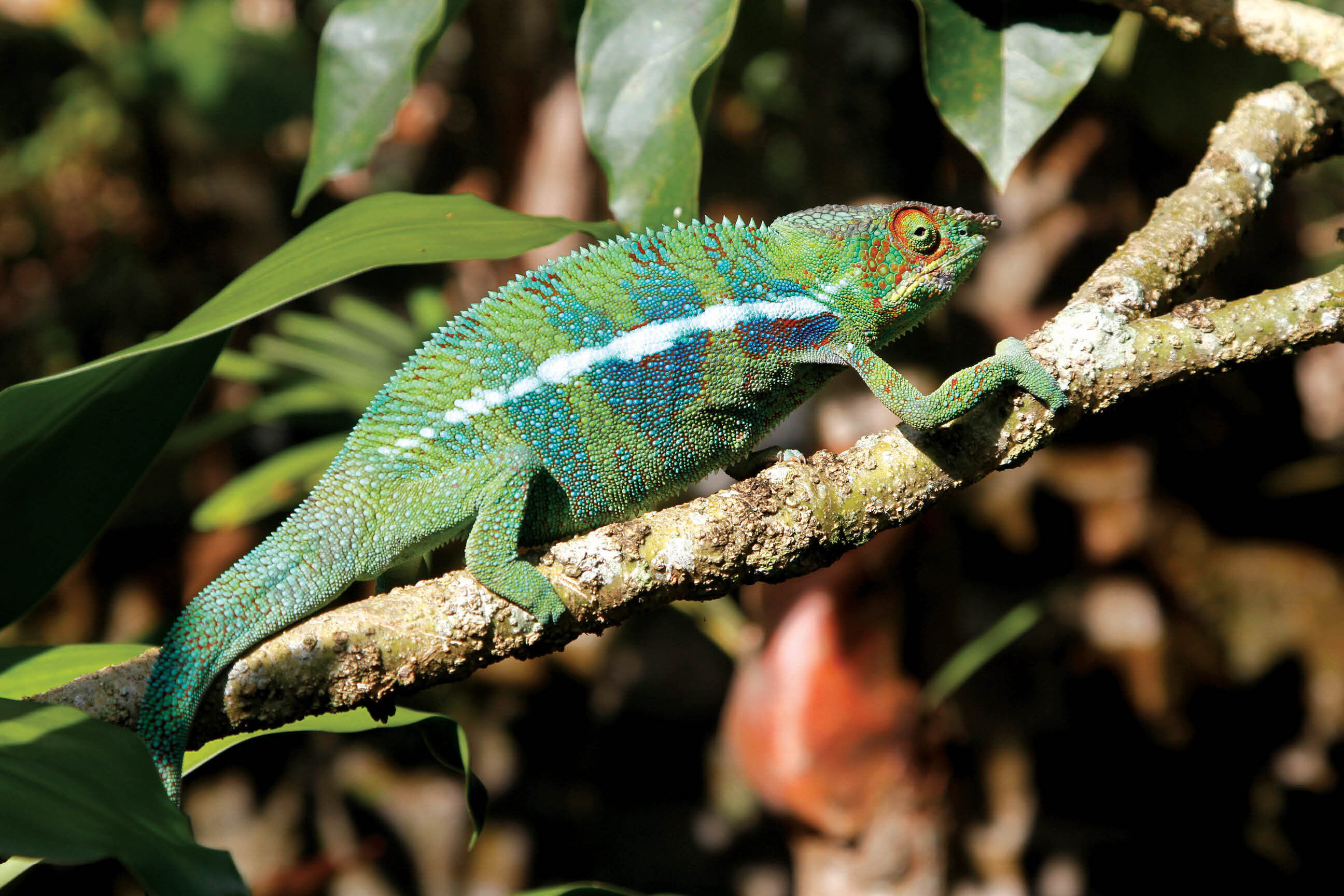
Day 3
Kirindy Forest & Bekopaka
Tuesday, May 29
- Today’s journey north by road along the coast will give us views of the majestic Baobab Alley and Kirindy Forest as we make our way closer to the “great Tsingy”—that is, the grand Tsingy de Bemaraha National Park. The track can be rugged and dusty in the remote west of the country, making a 4WD the best way to travel.
- We’ll stop for lunch at the town and commune of Tsimafana before crossing the Tsiribihina River by local car ferry.
- The drive beyond passes through Madagascar’s dry, deciduous forests. Of great biological significance, these forests are home to many endemic species of flora and fauna, including some species of baobab. We’ll also pass through small villages before reaching the edge of Bekopaka, a small town, in time for dinner. We'll spend the night in Bekopaka.
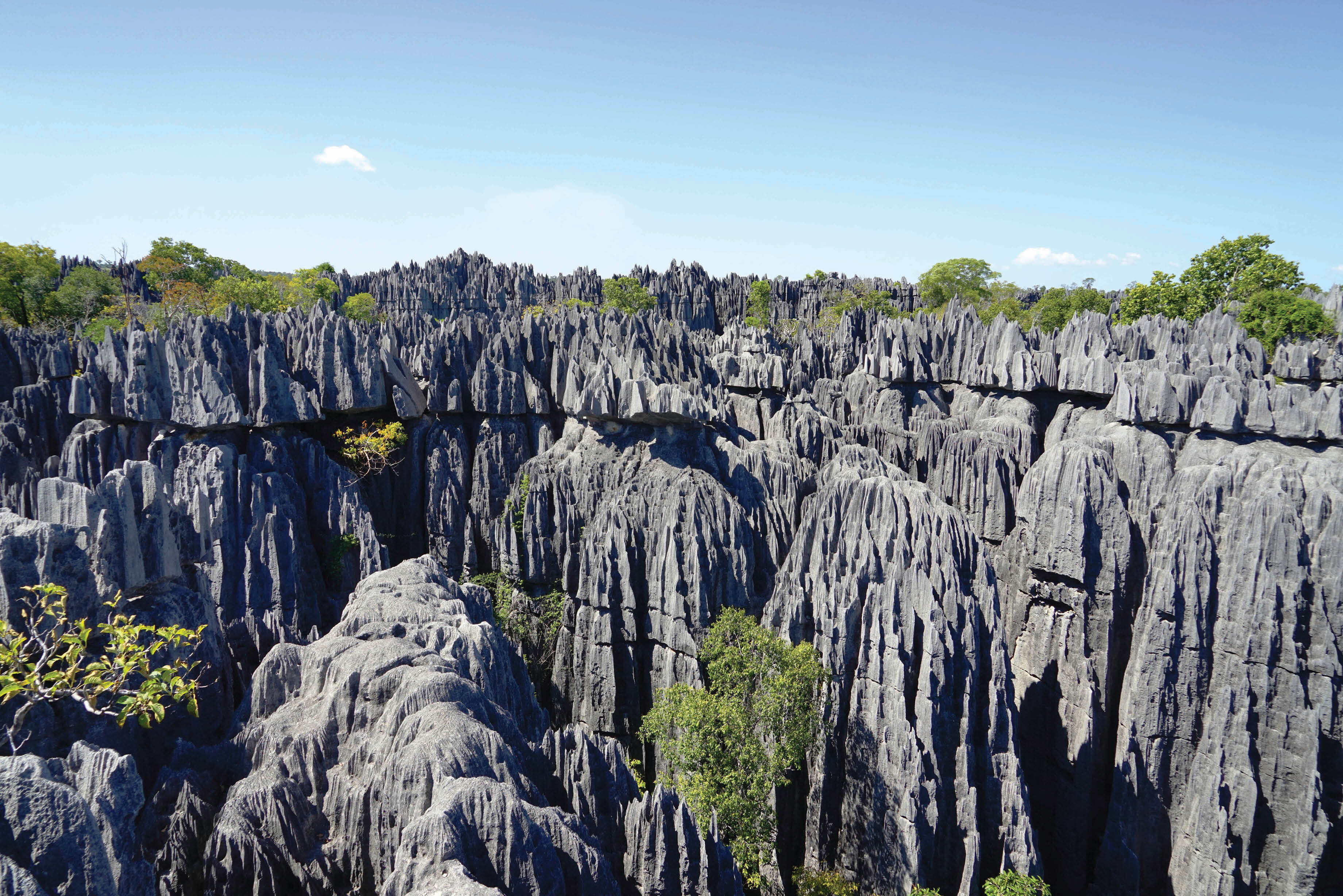
Day 4
The Great Tsingy of Bemaraha
Wednesday, May 30
- After breakfast this morning, we’ll visit the “Tsingy of Bemaraha,” a national park and nature preserve known for its stunning and unique geological formations. At 150,000 hectares, it is the largest national park in Madagascar, and is home to many rare and endangered species of plant and wildlife.
- Tsingy of Bemaraha receives the highest level of national protection and is under a strict conservation management plan. The fascinating raised limestone plateau is a complex of razor-sharp pinnacles. Underground, an extensive network of caves is home to many succulents growing in the crevices. Here at Tsingy, we’ll cross paths with mischievous lemurs and a multitude of vibrantly colored birds as we traverse the varied landscape of the reserve.
- After an exciting day outdoors we’ll return to our Bekopaka hotel for dinner.
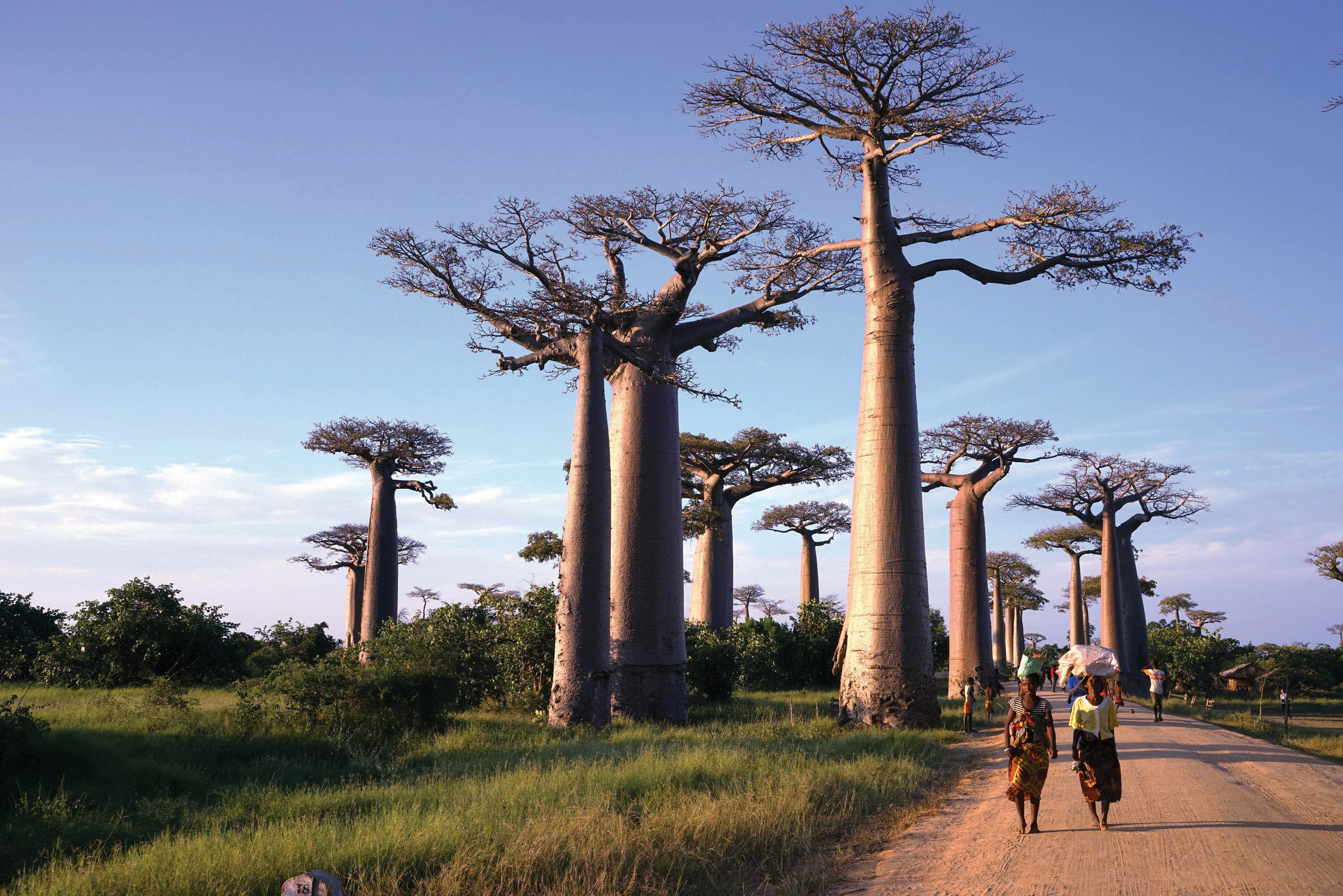
Day 5
Sunset at Avenue of the Baobabs
Thursday, May 31
- After breakfast in Bekopaka, we’ll return along the dusty road and carefully trace our way back south. Try to get as comfy as you can, since today will be spent mostly on the road, where conditions can vary.
- We’ll stop for lunch at Belo Tsiribihina, a coastal and mostly agricultural town.
- In the afternoon, we’ll cross the Tsiribihina River and continue through the Kirindy Forest Private Reserve. Kirindy Forest is the only place in Madagascar to see striped mongoose, the giant jumping rat, the popular Verreaux’s Sifaka (in the lemur family), Brown Lemur, and fosa (or fossa), the island’s largest carnivore, a cat-like creature closely related to the mongoose.
- We’ll arrive just before sunset at the iconic Avenue of the Baobabs near Morondava. Baobab is the umbrella term for each of the nine tree species in the genus Adansonia. These striking trees are hundreds of years old and the last remains of what was once a great forest. While they have been spared for the time being, they are not protected and are under threat by human encroachment. As the sun sets, we’ll slow down and watch the world go by as locals and visitors alike traverse the alley.
- Afterwards, we’ll continue another 12 or so miles by mini bus to the port town of Morondava for the night.
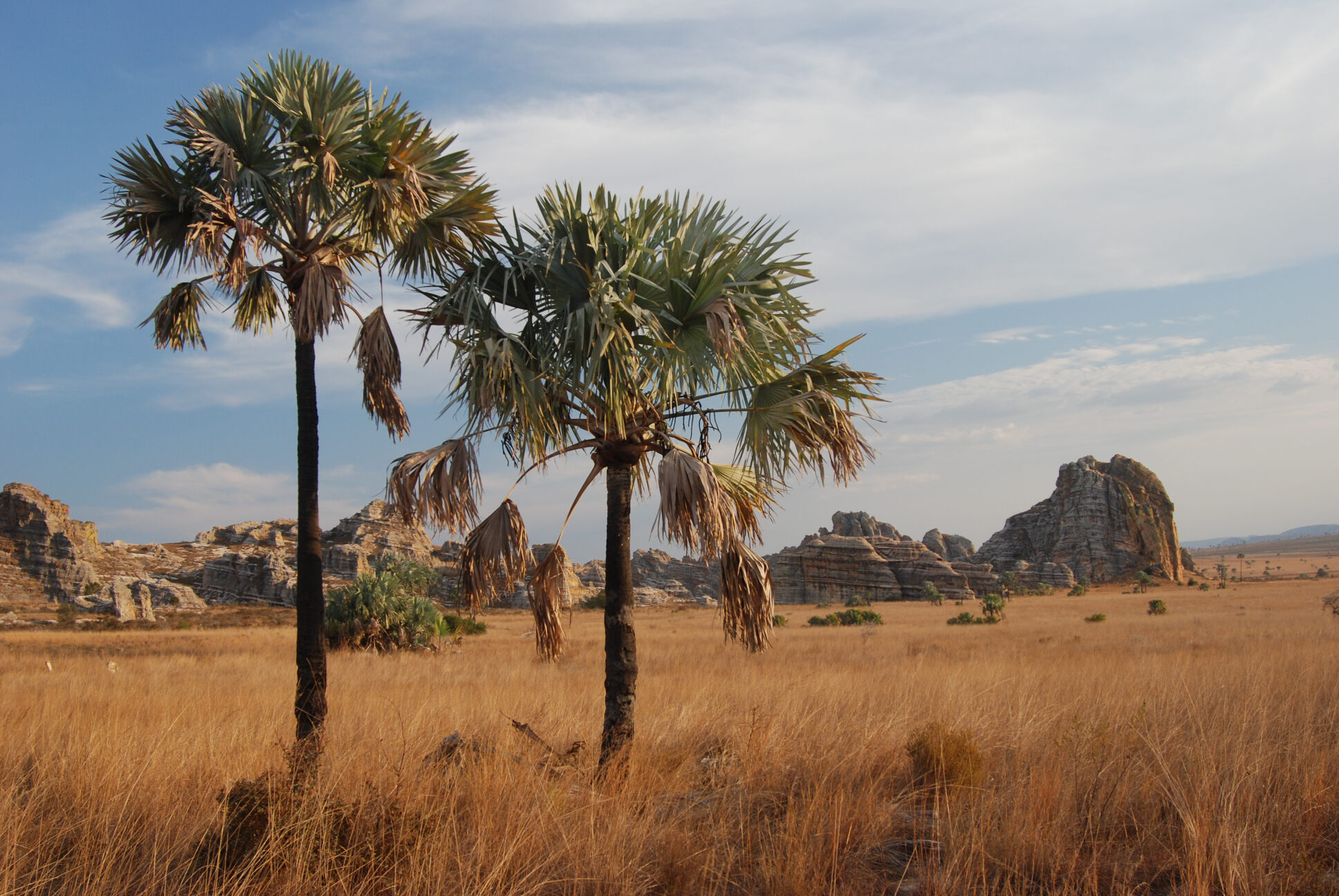
Day 6
Across the Savannah to Antsirabe
Friday, June 1
- This morning, we’ll head east across the savannah before following the road north to Miandrivazo, a lush agricultural town on the edge of the Tsirbihina River. It’s another long day of driving—but the scenery will keep our eyes wide open.
- We’ll have lunch at a local restaurant before continuing our drive east to Antsirabe. Antsirabe is the country’s second-largest city, and is commonly known as the rickshaw (or “pousse-pousse”) capital, as well as being known for its potatoes, clothing manufacturers, tobacco, and vanilla. The landscape en route is beautiful; we’ll be gazing out at the highlands decorated by rice fields.
- Tonight, we’ll enjoy dinner and an overnight in Antsirabe.

Day 7
The Highlands of Antsirabe
Saturday, June 2
- Today after breakfast, we'll have a chance to stretch our legs after our two big travel days.
- We'll set out on foot to explore the highlands of Antsirabe, walking through the fields of crops and rice paddies, which thrive in the black soil of this volcanic region. This is the most fertile and thus most cultivated area of the island, and you'll be seeing vegetables and fruit trees as well as livestock throughout the day.
- We'll take the time to stop and talk to the villagers and discover more about their daily activities. There are blacksmiths and cart builders in addition to the farmers, who will give us a different insights into rural Malagasy life.
- In the afternoon, we'll return to our hotel for a rest before dinner together and another night in Antsirabe.
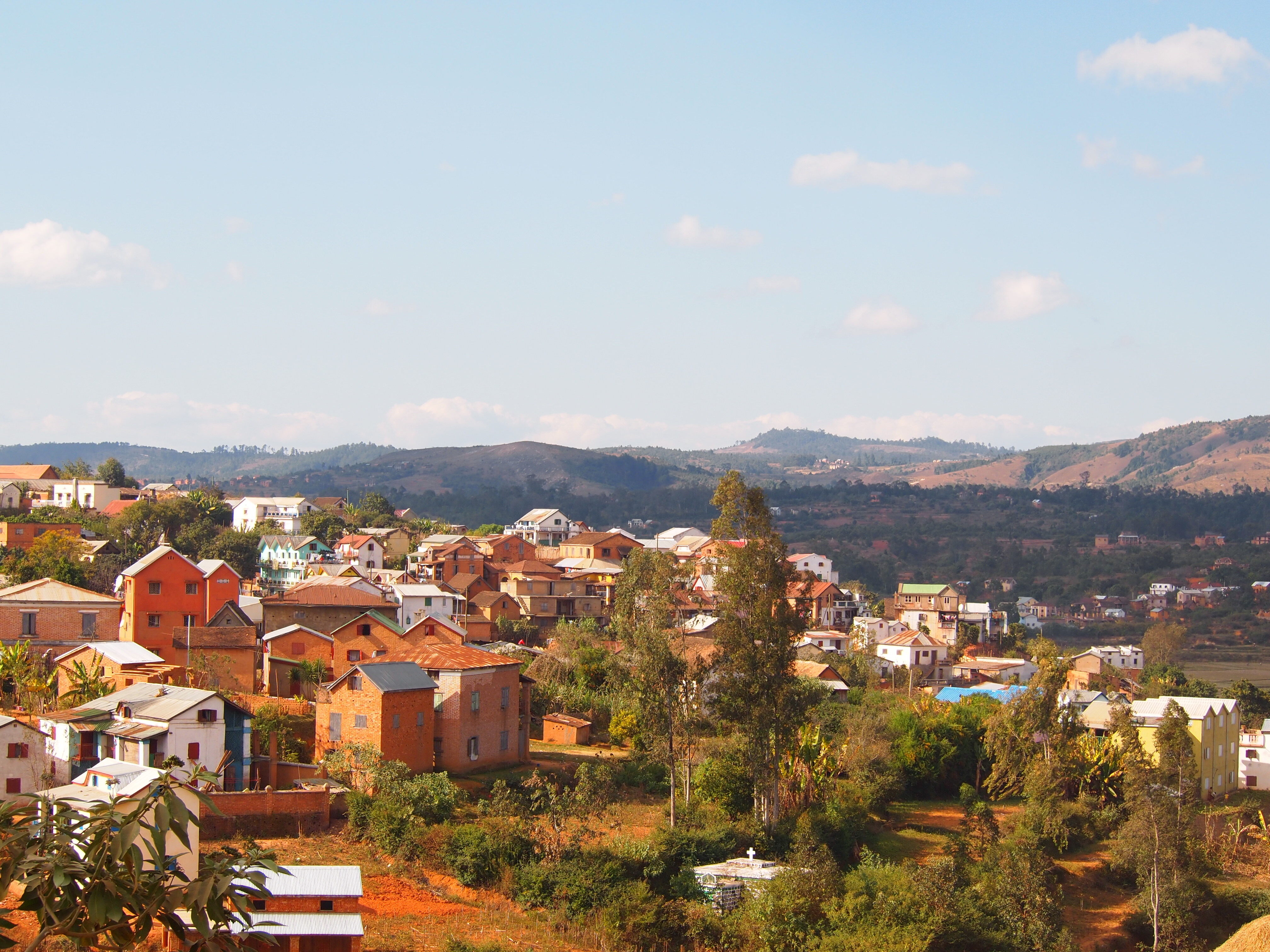
Day 8
Ambositra & Fianarantsoa
Sunday, June 3
- After breakfast in Antsirabe, today’s first stop will be at Ambositra, the artisan capital of Madagascar and a UNESCO cultural heritage site. The capital of the country's Amoron'i Mania region, Ambositra is the home of Madagascar's woodcarving (marquetry) craftspeople.
- We'll have the opportunity to visit a woodcarving workshop or perhaps the French colonial Benedictine monastery where the resident nuns make delicious cheese for sale to tourists
- We'll then continue our journey to Fianarantsoa on a picturesque afternoon drive. We'll watch as terraced hills and villages transition into thick rainforest along a winding road that passes by the tumbling waters of the Namorona River.
- We’ll try to get some extra rest tonight in Fianarantsoa, since tomorrow we leave early in the morning for Isalo National Park.
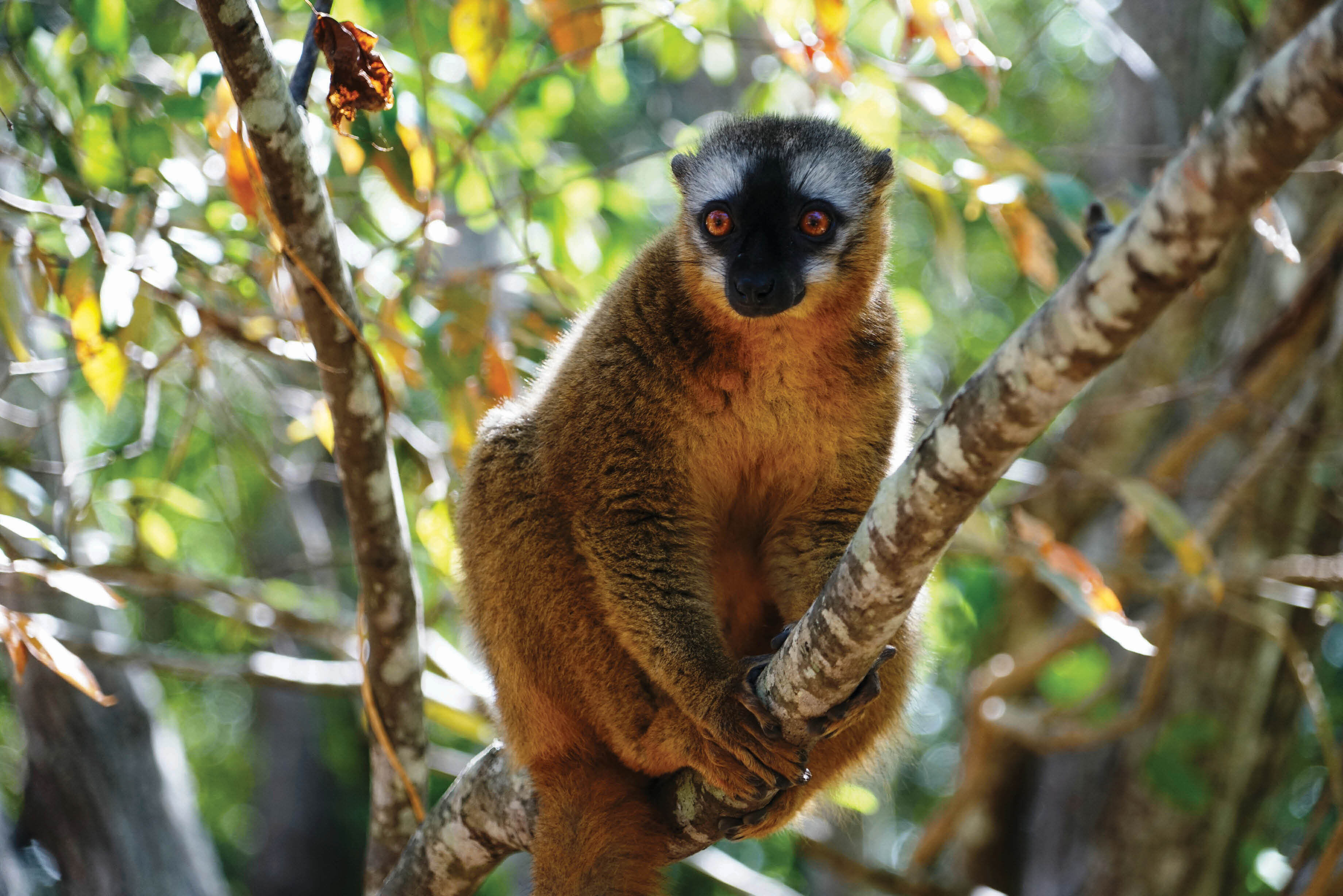
Day 9
Anja Nature Reserve
Monday, June 4
- After an early breakfast, we’ll drive southward to the Anja Reserve. The Government of Madagascar designated this 30-hectare forest a protected area in 1999. An ecological wealth of flora and fauna, it is most notable for its dense population of ring-tailed lemurs. Take some time to enjoy the beautiful landscape that the reserve has to offer!
- We'll have lunch in a local restaurant and then continue our way to Isalo National Park. Traveling through the Horombe plateau and grasslands dotted with termite hills, we'll arrive at Isalo in the late afternoon.
- Enjoy a swim before dinner at our group's lodging, located at the southern edge of the national park.
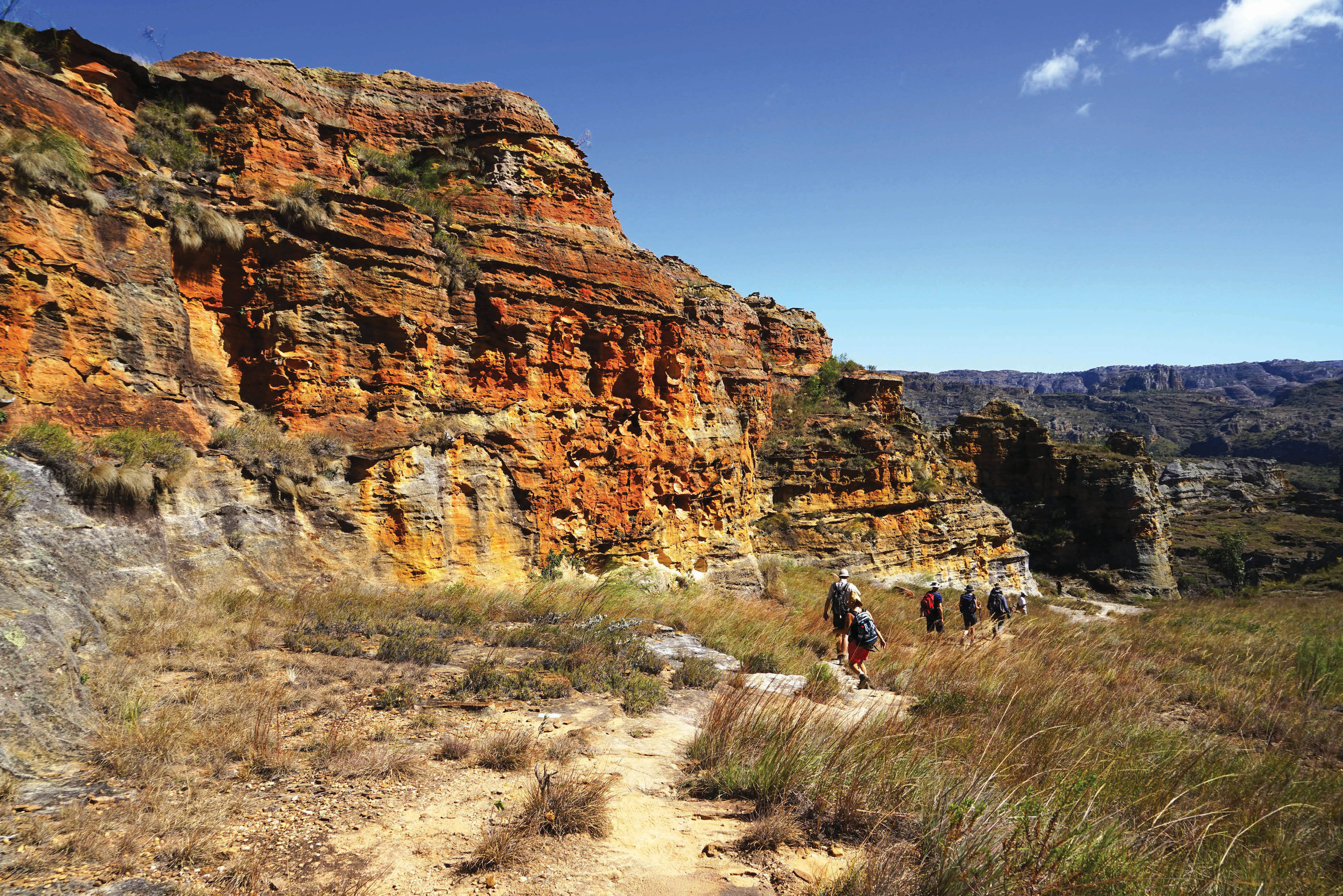
Day 10
Canyons & Lemurs of Isalo National Park
Tuesday, June 5
- Today we'll link up with our local guide, who will accompany us for the full day to experience all that the spectacular Isalo National Park has to offer. The park is home to a rich array of flora and fauna, including the white-lipped bright-eyed frog and the Malagasy rainbow frog. The colorful and deeply eroded sandstone plateau of the park is a beautiful backdrop for our exploration.
- We’ll walk in “the Canyon des Makis” where, if we're lucky, we'll discover neighborhood lemurs. We'll then continue exploring the rugged canyons with their abstract, eroded natural sculptures. Perhaps take a swim in the “Piscine Naturelle” that is fed by a crystal-clear waterfall and surrounded by overhanging trees. This oasis is the perfect way to refresh and cool off from the heat of the canyon.
- In the late afternoon, we return to the hotel for dinner and a relaxing evening, and an overnight in Ranohira.

Day 11
The Mahafaly Tombs
Wednesday, June 6
- This morning, as we leave the Isalo region, we'll drive through a semi-arid landscape known as the "spiny forests" or “spiny desert.” In this very arid climate, many of the plants have developed to adapt to drought, and almost all of the flora is endemic—making this ecoregion distinct from any other.
- As we pass through the spiny forests, we'll stop to visit the famous Mahafaly Tombs. The Mahafaly are an ethnic group of Madagascar, their name meaning either "those who make holy" or "those who make happy." Largely agricultural in practice, they are known for their elaborate tomb decorations on monuments to the tribe's ancestors. These tombs were originally located in sacred forest far from inhabited areas, but deforestation has eroded parts of the tradition. During our visit, we'll learn more about the careful rituals and objects that form the Mahafaly's funeral rites.
- We'll continue to drive south, passing through wealthy sapphire-mining towns, to reach the coastal town of Toliara. We’ll tour the city before settling into our Toliara hotel for the evening.
Day 12
Fly to Antananarivo
Thursday, June 7
- Today we'll transfer to the Tulear airport and fly back to Antananarivo. You'll be picked up and transferred to our hotel.
- You'll have some time to wander around the capital and pick up any final items or gifts to bring home, before we gather for dinner and the group's last evening in Madagascar.
The Fine Print
YOUR EXPEDITION TO MADAGASCAR INCLUDES
- All lodging in double-accommodation rooms in modern, well-equipped hotels throughout the trip. (Single supplement for a private room is available for $1,080. Otherwise we'll work to place singles together.)
- All entrance fees, activities, and all breakfasts, lunches, and dinners during the tour.
- Private transfers and excursions with your local guides.
- Local guides and an Atlas Obscura representative accompanying the entire trip.
- A full briefing packet for each explorer, including country information, final itinerary, logistical and contact information, recommended reading list, and packing list.
- A great group of fellow Atlas Obscura fans, excited to explore all that this unique region has to offer!
- Please email us at atlasobscura@worldexpeditions.com with any questions about the itinerary, logistics, flight planning, and payment, or call us at 1-855-596-6237 anytime between 9 a.m.–5:30 p.m. ET.
NOTE ON ITINERARY
Itineraries and pricing are subject to change. This particular tour has been designed with specific activities and events in mind, and schedules and availabilities may change in coming months due to inclement weather, forces of nature, and other circumstances beyond our control.NOTE ON FACILITIES & PHYSICAL ACTIVITY
Adventure is always accompanied by an element of the unexpected. The most important thing to bring with you is a flexible, positive, and open-minded attitude. During this trip, you will be staying in three-star accommodations, while also spending time in areas with less predictable facilities. We recommend a medium level of physical fitness, since we'll be embarking on very active days together. You should be comfortable walking between three and five miles per day without difficulty, and spending extended periods of time on your feet. You should also be comfortable with a few long days on the road, since we'll be covering a lot of ground, much of it rural and remote. If you're uncertain about whether this trip is a good fit, please contact us and we'd be happy to discuss with you further.PAYMENT
You will be charged a nonrefundable $500 deposit to hold your space. The final payment of $3,990 will be due by March 17, 2018. All reservations will be final after this date and subject to our cancellation policy. For travelers wishing to have single accommodations during the trip, an additional $1,080 will be included in the final payment.TRAVELERS ARE RESPONSIBLE FOR
- International airfare to/from Madagascar.
- Travel insurance (required).
- Baggage charges.
- Tips and gratuities.
- Camera and video fees at sites and monuments.
- Additional meals and drinks outside of Atlas Obscura offerings.
- If applicable, application for a Madagascar visa.












Đăng nhận xét